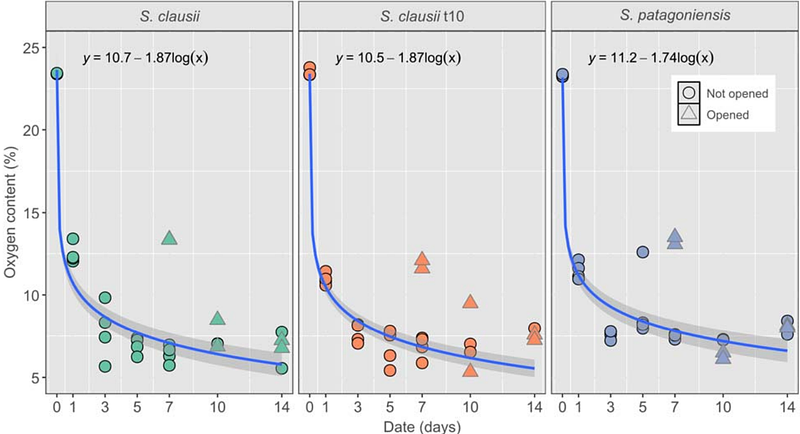Isolation and Characterization of Strains used in Bacterial-Based Strategies for Accelerated Carbonation of Lime Mortars

Isolation and Characterization of Strains used in Bacterial-Based Strategies for Accelerated Carbonation of Lime Mortars
Grosso Giordano, F.; Marien, Q.; Rodriguez-Navarro, C.; De Belie, N.; Boon, N.
AbstractOver the last century, lime has been quickly replaced by the uptake of Portland cement, mainly due to its faster hardening. Achieving earlier hardening in lime through faster carbonation is thus essential to help overcome one of lime`s limiting qualities. In this work, we isolated and selected strains suitable for use in lime mortars, and used bacterial suspensions to carbonate lime materials. An isolation campaign from a lime mortar wall returned two alkaliphilic isolates, Shouchella clausii and Shouchella patagoniensis. S. clausii was then further adapted to high pH (> 11) by adaptive laboratory evolution to produce a third strain. All three strains were then followed for a period of 14 days in serum bottles at pH 11 and gas composition of the headspace, intact/damaged cell populations and pH were measured. In parallel, lime mortar samples were incubated in a closed environment with bacterial suspension of the strains. The mortars were then tested at 7 and 14 days with thermogravimetric analysis to study the amount of carbonation through bacterial activity. Overall, S. patagoniensis produced more CO2, close to the estimated maximum CO2 uptake rate of lime, and carbonated the lime mortars faster and to a larger extent than the other strains. Finally, the bacterial suspensions were directly mixed with lime and the carbonation front was followed using analytical techniques. Once again S. patagoniensis led to faster carbonation. Overall, it was shown that bacterial-based strategies for accelerated carbonation of lime are a possibility despite the high alkalinity of the binder.